Home>Interior Design>How To Make A Narrow Room Look Wider With Paint: 7 Transformative Tricks
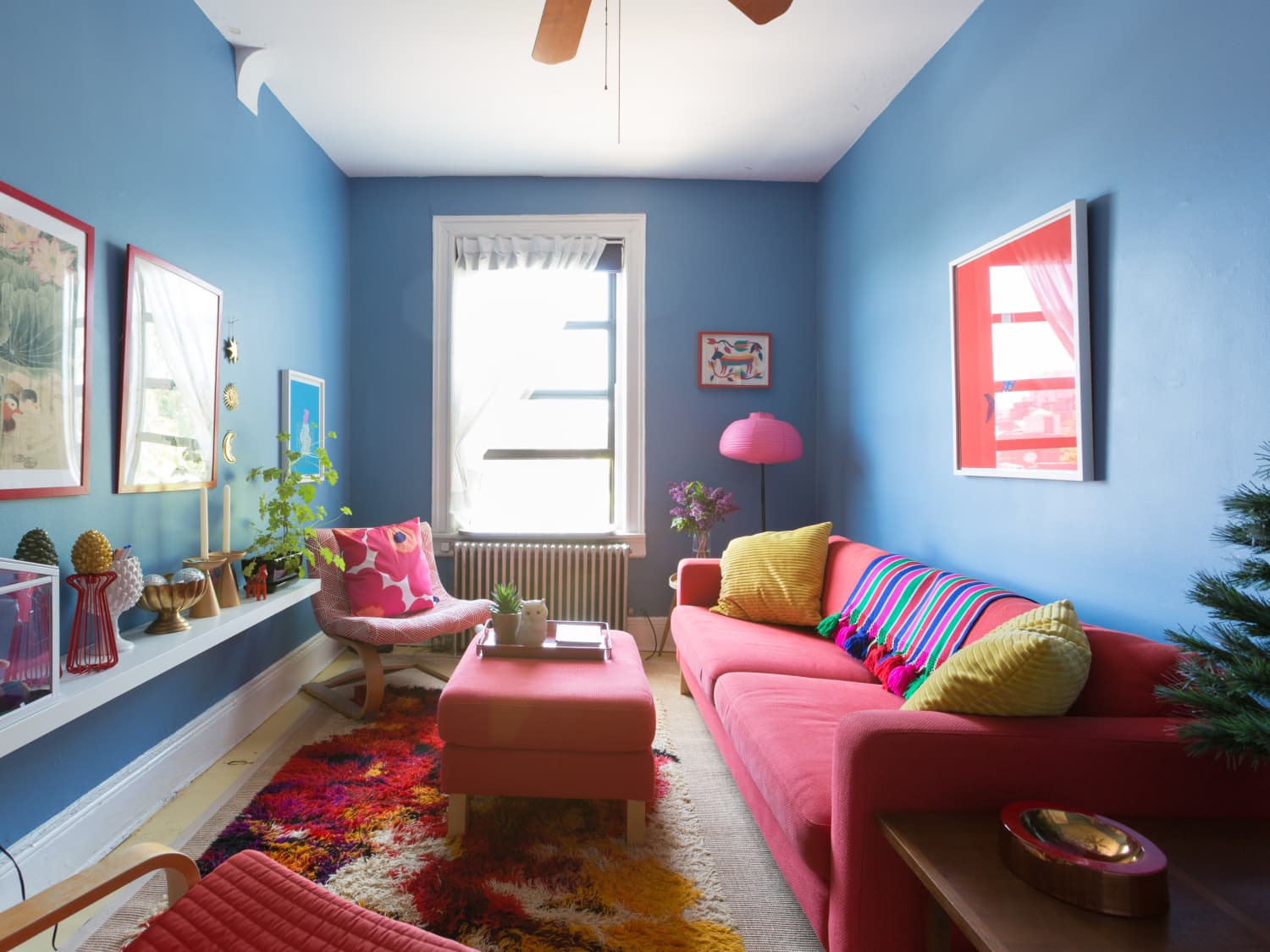

Interior Design
How To Make A Narrow Room Look Wider With Paint: 7 Transformative Tricks
Modified: October 20, 2024
Learn how to use paint to create the illusion of a wider space in a narrow room with these 7 transformative interior design tricks.
(Many of the links in this article redirect to a specific reviewed product. Your purchase of these products through affiliate links helps to generate commission for Storables.com, at no extra cost. Learn more)
Introduction
Are you dealing with the challenge of a narrow room in your home? Don’t worry, you can transform the space and make it appear wider with a few clever tricks. One effective method is to use the power of paint to create an optical illusion that visually expands the room. By strategically choosing colors, patterns, and furniture placement, you can achieve a more spacious and inviting atmosphere.
In this article, we will explore seven transformative tricks to make a narrow room look wider using paint. These techniques will help you create a more open and airy feel, making the most of your limited space. So, let’s dive in and discover how to turn your narrow room into a visually stunning and spacious oasis.
Key Takeaways:
- Embrace light colors, horizontal stripes, and reflective surfaces to visually expand a narrow room. Strategic paint choices and design elements can create the illusion of a wider, more inviting space.
- Utilize minimalist decor, strategic lighting, and thoughtful furniture placement to optimize a narrow room’s layout. With creativity and clever design, transform a confined space into a visually stunning oasis.
Trick 1: Light Colors
When it comes to making a narrow room appear wider, the choice of colors plays a crucial role. Light colors, such as whites, pastels, and neutrals, have the power to visually open up a space. The reason behind this is that light colors reflect more natural light, creating an illusion of a larger area.
Consider painting the walls, ceiling, and even the trim in light shades. This will help to bounce light around the room, making it feel more expansive. Opt for shades like soft creams, pale blues, or light greys to create a serene and airy ambiance.
Another clever trick is to paint the walls and ceiling in the same light color. This eliminates the visual boundaries between them, creating a seamless flow and giving the impression of a wider expanse. By avoiding contrasting colors between walls and ceiling, you create a cohesive look that tricks the eye into perceiving more space.
Be mindful of the finish as well. A satin or semi-gloss finish reflects more light, further enhancing the sense of openness. On the other hand, matte finishes absorb light and can make a space feel smaller. Therefore, opt for glossy or semi-glossy finishes on walls and ceiling to maximize the effect of light colors.
Light-colored flooring is equally important in creating the illusion of a wider room. If you have the flexibility to change your flooring, consider lighter options such as light wood or light-colored tiles. Light-colored flooring helps to bounce natural light and gives a sense of continuity, making the floor seem to extend beyond its actual boundaries.
While light colors are crucial, this doesn’t mean you have to limit yourself to a monochromatic palette. You can add depth and interest by incorporating shades of a similar hue or using contrasting accent colors sparingly. The key is to maintain a balance and avoid overpowering the room with dark or bold colors.
Trick 2: Horizontal Stripes
If you’re looking for a creative way to make a narrow room appear wider, consider using horizontal stripes. Horizontal lines create an optical illusion of width, tricking the eye into perceiving a broader space than what actually exists.
One way to incorporate horizontal stripes is by painting them directly on the walls. Choose two or more complementing colors and alternate them in evenly spaced stripes across the wall. Make sure to use light colors to maintain the illusion of a wider room. The width of the stripes can vary based on personal preference, but it’s generally recommended to keep them between 6 and 12 inches wide for optimal visual impact.
If you’re not keen on painting stripes directly on the walls, you can achieve a similar effect by using striped wallpaper. Look for wallpaper with horizontal stripes in light colors, and apply it to one or more walls in the room. The repetitive pattern of horizontal stripes will visually expand the space and add a touch of sophistication.
Another option is to incorporate horizontal stripes through furnishings and accessories. Consider using striped curtains, rugs, or even bedding to create an illusion of width. These elements will draw the eye across the room, accentuating the width and making the room appear broader.
When using horizontal stripes, it’s important to maintain a sense of balance. Avoid overwhelming the room with too many striped elements, as it can create a cluttered and chaotic look. Instead, select one or two key areas to incorporate the horizontal stripes and balance them with solid-colored pieces.
Remember, the key to successfully using horizontal stripes is to keep the overall color palette light and cohesive. By complementing the stripes with other design elements, you can create a visually stunning and wider-looking room.
Trick 3: Accent Walls
When dealing with a narrow room, creating a focal point can help divert attention from the room’s dimensions. One effective way to achieve this is by incorporating an accent wall. An accent wall is a single wall in a room that is painted or decorated differently from the other walls, adding visual interest and depth.
To make a narrow room appear wider, choose the wall that is directly opposite the entrance or the longest wall in the room as your accent wall. By drawing attention to this wall, you can create a sense of depth and dimension, making the room feel less confined.
When selecting a color for your accent wall, opt for a shade that contrasts with the other walls. This contrast will create visual interest and highlight the wall, drawing the eye towards it. However, make sure the chosen color still coordinates with the overall color scheme of the room.
If you prefer a more subtle approach, consider using a paint technique, such as ombre, stenciling, or a textured finish, on the accent wall. These techniques add depth and texture, making the wall visually captivating and giving the illusion of a wider space.
In addition to paint, you can explore other materials for your accent wall, such as wallpaper, reclaimed wood, or decorative panels. These materials can add a touch of texture and dimension to the room, further enhancing the illusion of a wider space.
Remember, the purpose of an accent wall is to create visual interest and draw the eye away from the narrowness of the room. Be careful not to overwhelm the space with too many accent walls or elaborate designs, as this can make the room feel busy and cramped. Keep it simple, yet impactful.
By incorporating an accent wall in your narrow room, you can create a focal point that distracts from the room’s dimensions and adds a sense of depth and style.
Trick 4: Mirrors and Reflective Surfaces
If you want to make your narrow room appear wider, incorporating mirrors and reflective surfaces is a brilliant strategy. Mirrors have the incredible ability to create an illusion of depth and expand the visual space, making the room feel more expansive.
Start by strategically placing a large mirror on one of the main walls in the room. Ideally, position the mirror across from a window or a source of natural light to maximize its reflective effect. The mirror will not only reflect light but also bounce it around the room, giving the illusion of a larger space.
Consider using mirror panels or mirrored furniture pieces to amplify the reflective effect. For example, a mirrored side table or a mirrored cabinet will not only provide functional storage but also enhance the sense of openness in the room.
In addition to mirrors, incorporate other reflective surfaces such as glass or metallic finishes. Opt for furniture with glass or mirrored tops, like a glass coffee table or a mirrored console. These pieces will not only add a touch of elegance but also create a sense of airiness by reflecting light and creating the illusion of space.
Another trick is to use reflective paint or wallpaper on one of the walls. These specialty finishes have a shiny or metallic effect and can significantly increase the reflection of light in the room. Be cautious not to overdo it, as too much reflection can create a harsh and glaring environment. Use reflective surfaces strategically to enhance the overall aesthetics and the illusion of a wider space.
Remember, mirrors and reflective surfaces work best when used in moderation and in conjunction with other design elements. By strategically placing mirrors and incorporating reflective surfaces, you can create a visually stunning and wider-looking room.
Use light, cool colors like soft blues or pale greens to create the illusion of more space. Paint the ceiling the same color as the walls to make the room feel more expansive.
Trick 5: Use of Lighting
Lighting plays a crucial role in making a narrow room appear wider. By utilizing the right lighting techniques, you can enhance the sense of space and create a visually expansive environment.
First and foremost, maximize natural light as much as possible. Keep your windows unobstructed and use sheer curtains or blinds that allow light to filter through. Natural light not only brightens the room but also creates a sense of openness that can make the space feel wider.
In addition to natural light, incorporate artificial lighting strategically. Use a combination of ambient, task, and accent lighting to create a layered and well-lit space. By illuminating different areas of the room, you can draw attention away from its narrowness and create a more dynamic atmosphere.
Consider installing recessed lighting along the length of the room to evenly distribute light and avoid casting shadows that could make the space appear smaller. Wall sconces or floor lamps can also be positioned strategically to add additional light sources and create a sense of balance in the room.
When it comes to choosing light fixtures, opt for slender and sleek designs that don’t overpower the room. Bulky fixtures can make a narrow room feel cramped. Instead, go for fixtures that blend seamlessly with the overall décor and provide ample illumination without taking up valuable visual space.
Another effective lighting technique is to use uplighting or wall-mounted fixtures that bounce light off the ceiling. This upward-directed light helps create an illusion of height, making the room feel more spacious and open.
Remember to install dimmer switches to adjust the lighting intensity according to your desired mood and the time of day. Soft and adjustable lighting can make a significant difference in how the room is perceived and can enhance the overall ambiance.
By utilizing natural and artificial lighting strategically, you can create a brighter and more open atmosphere in your narrow room, making it appear wider and more inviting.
Trick 6: Minimalist Approach
When dealing with a narrow room, adopting a minimalist approach to décor and furniture can work wonders in creating the illusion of a wider space. By decluttering and simplifying the room, you can create an open and uncluttered atmosphere that visually expands the area.
Start by removing any unnecessary furniture and décor items. In a narrow room, less is more. Stick to the essentials and avoid overcrowding the space with too many pieces. Choose furniture that is proportionate to the room’s size and opt for sleek and lightweight designs that take up less visual space.
When selecting furniture, consider pieces with raised legs. This design feature creates an illusion of openness and allows light to pass underneath, giving the room a more spacious feel. Additionally, choose furniture with light-colored upholstery or neutral tones to maintain a cohesive and airy aesthetic.
Another aspect of minimalism is maintaining clean and clutter-free surfaces. Use smart storage solutions like floating shelves or built-in cabinets to keep belongings organized and out of sight. Clear countertops and floor space create an unobstructed view, making the room appear wider.
Choose a simple and cohesive color palette to maintain a minimalist aesthetic. Stick to a limited number of colors that complement each other and use them consistently throughout the room. This color consistency creates a harmonious visual flow that helps expand the space.
Don’t underestimate the power of negative space. Leave some areas intentionally empty to create breathing room and give the illusion of a more spacious environment. Avoid filling every nook and cranny with decorations or furniture, as this can make the room feel cramped.
When it comes to wall décor, select a few minimal and impactful pieces rather than cluttering the walls with numerous small pictures or artwork. A large statement piece or a few carefully chosen items can add personality and style without overwhelming the visual space.
A minimalist approach not only helps create the illusion of a wider room but also promotes a sense of calm and tranquility. By embracing simplicity and decluttering, you can transform your narrow room into a visually appealing and spacious sanctuary.
Trick 7: Furniture Placement
The way you arrange your furniture can have a significant impact on how spacious your narrow room appears. By utilizing strategic furniture placement techniques, you can optimize the available space and create a sense of openness.
First, consider the focal point of the room. In a narrow space, it’s crucial to have a clear focal point to draw the eye and create a sense of depth. This could be a fireplace, a feature wall, or a large window with a stunning view. Align your furniture in a way that highlights the focal point, creating a visual anchor for the room.
Next, avoid pushing all the furniture against the walls. Contrary to popular belief, placing furniture away from the walls can create a more spacious feel. Leave a small gap between the furniture and the walls to create an illusion of depth and make the room appear wider.
Consider arranging your furniture at an angle rather than in straight lines. Angled placement can break up the monotony and create visual interest, giving the impression of a wider room. For example, position the sofa diagonally in the corner or angle a desk or chair in a corner nook.
When selecting furniture pieces for a narrow room, choose ones that are proportionate to the space. Oversized furniture can overwhelm the room and make it appear even narrower. Opt for sleek and streamlined pieces that take up less visual space and provide adequate functionality without overpowering the room.
Ensure there is enough space for easy movement and flow within the room. Avoid blocking pathways or creating obstacles that make the room feel cramped. Leave ample space between furniture pieces to allow for comfortable movement and to maintain an open and airy feel.
Consider using multipurpose furniture to maximize the functionality of your narrow room. For example, choose a sofa with built-in storage or use ottomans that double as coffee tables and storage units. By incorporating furniture that serves multiple purposes, you can declutter the space and optimize utility while maintaining a visually expanded room.
Lastly, be mindful of the scale and proportion of your furniture arrangements. Mix and match different heights to create visual interest and balance. Use taller pieces like bookshelves or floor lamps strategically to draw the eye upward and make the room feel taller, thus creating the impression of a wider space.
By carefully planning and arranging your furniture, you can optimize the layout of your narrow room to create a visually spacious and functional environment.
Conclusion
Transforming a narrow room into a visually wider space may seem like a daunting task, but with the right tricks and strategies, it is entirely achievable. By utilizing the power of paint and incorporating clever design techniques, you can create an open and inviting atmosphere.
In this article, we explored seven transformative tricks to make a narrow room look wider using paint. We started with the importance of light colors, which reflect natural light and create an illusion of spaciousness. Horizontal stripes and accent walls can also have a significant impact, tricking the eye into perceiving a broader area and adding visual interest.
Mirrors and reflective surfaces play a vital role in enhancing the illusion of space, as they reflect light and create a sense of depth. Lighting is another critical element, both natural and artificial, that can significantly impact the perception of a narrow room. By maximizing natural light and incorporating a variety of lighting sources, you can create a bright and open ambiance.
Adopting a minimalist approach helps to declutter the room and create a sense of simplicity and openness. With careful furniture placement, angled arrangements, and the use of multipurpose pieces, you can optimize the available space and create a visually expanded environment.
In conclusion, transforming a narrow room into a wider space is achievable with a combination of thoughtful design choices and strategic techniques. By employing these seven tricks, you can create a visually stunning and spacious oasis that maximizes the potential of your narrow room.
So, don’t be discouraged by a narrow room. Embrace the challenge and unleash your creativity to make the most of the space you have. With a little imagination and these transformative tricks, you can turn your narrow room into a welcoming and visually expansive haven.
Excited to spruce up more than just room dimensions? Dive into our guide on refreshing home fixtures with "how to refresh your ceiling fan with a new coat of paint" that bring new life to everyday objects. Afterward, tackle space constraints head-on with clever "transforming your entryway to feel more spacious" that turn cramped entryways into welcoming passages. Both articles are packed with practical advice and simple enhancements sure to inspire any home improvement enthusiast.
Frequently Asked Questions about How To Make A Narrow Room Look Wider With Paint: 7 Transformative Tricks
Was this page helpful?
At Storables.com, we guarantee accurate and reliable information. Our content, validated by Expert Board Contributors, is crafted following stringent Editorial Policies. We're committed to providing you with well-researched, expert-backed insights for all your informational needs.
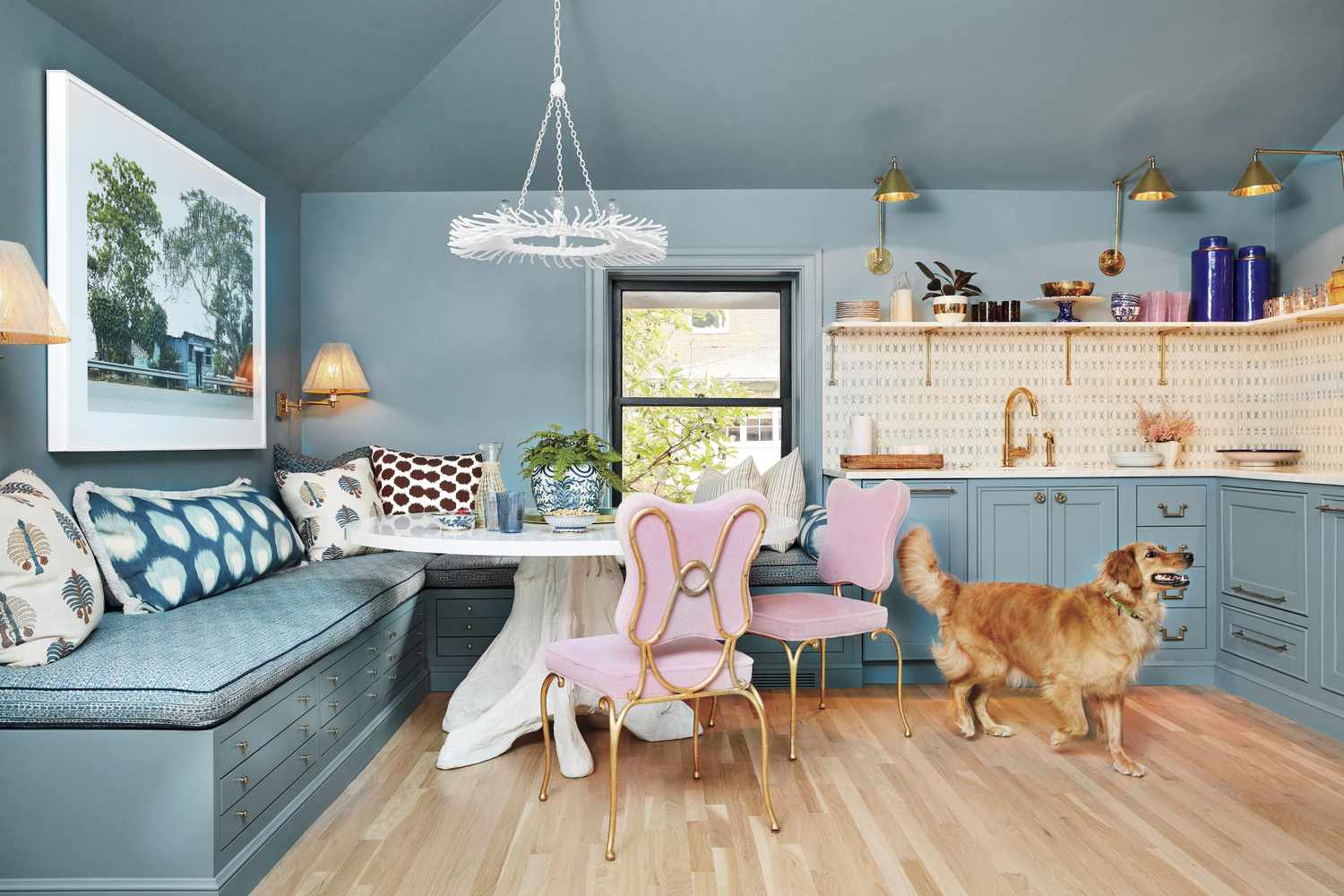
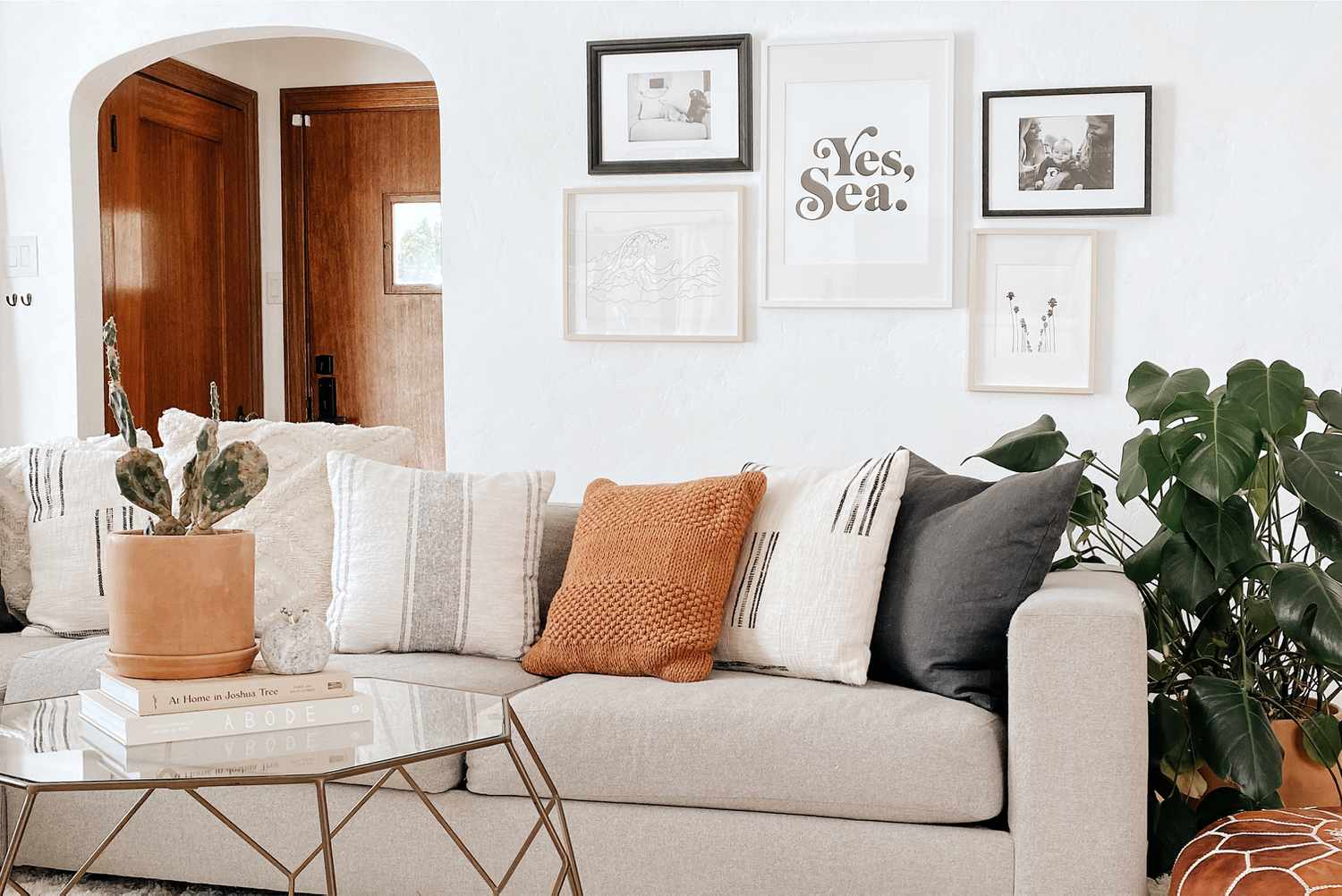
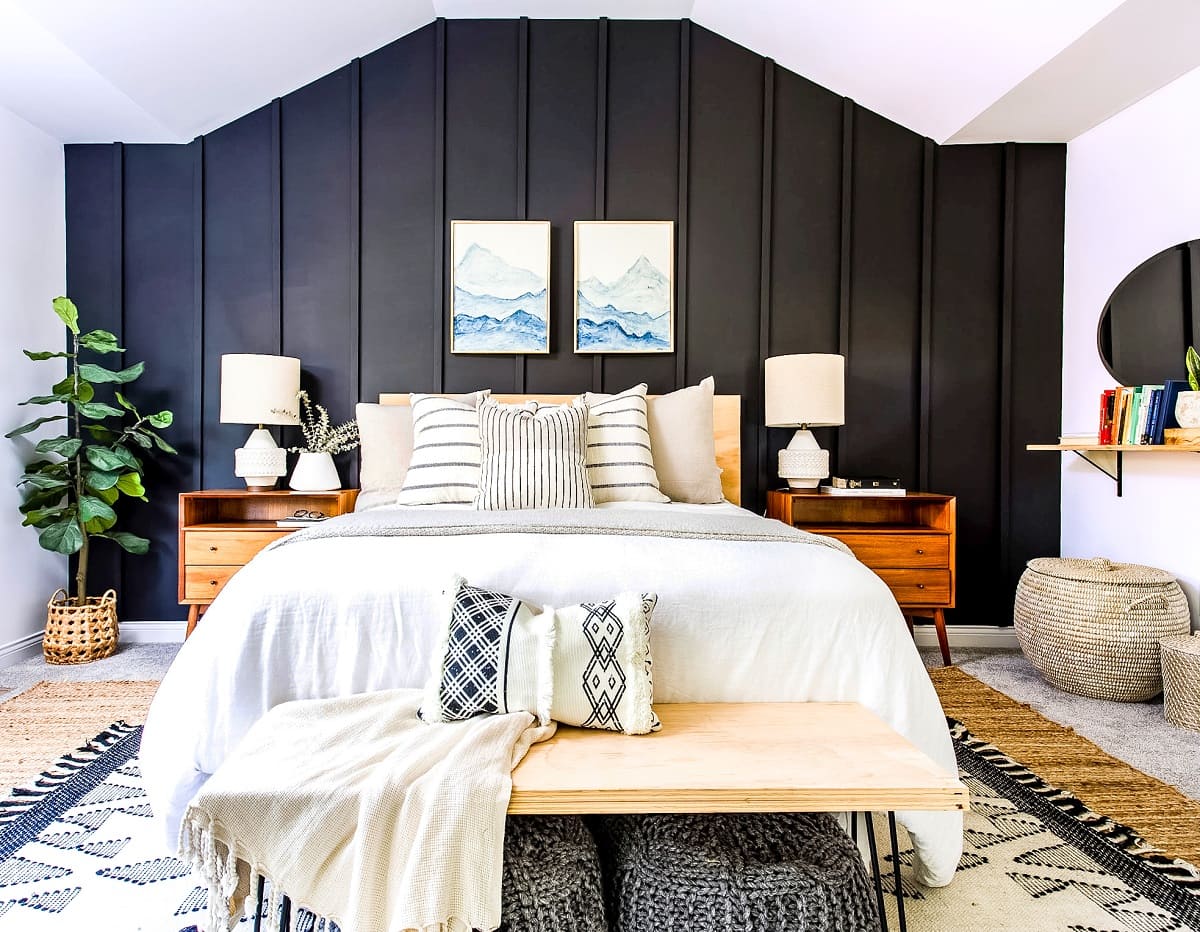
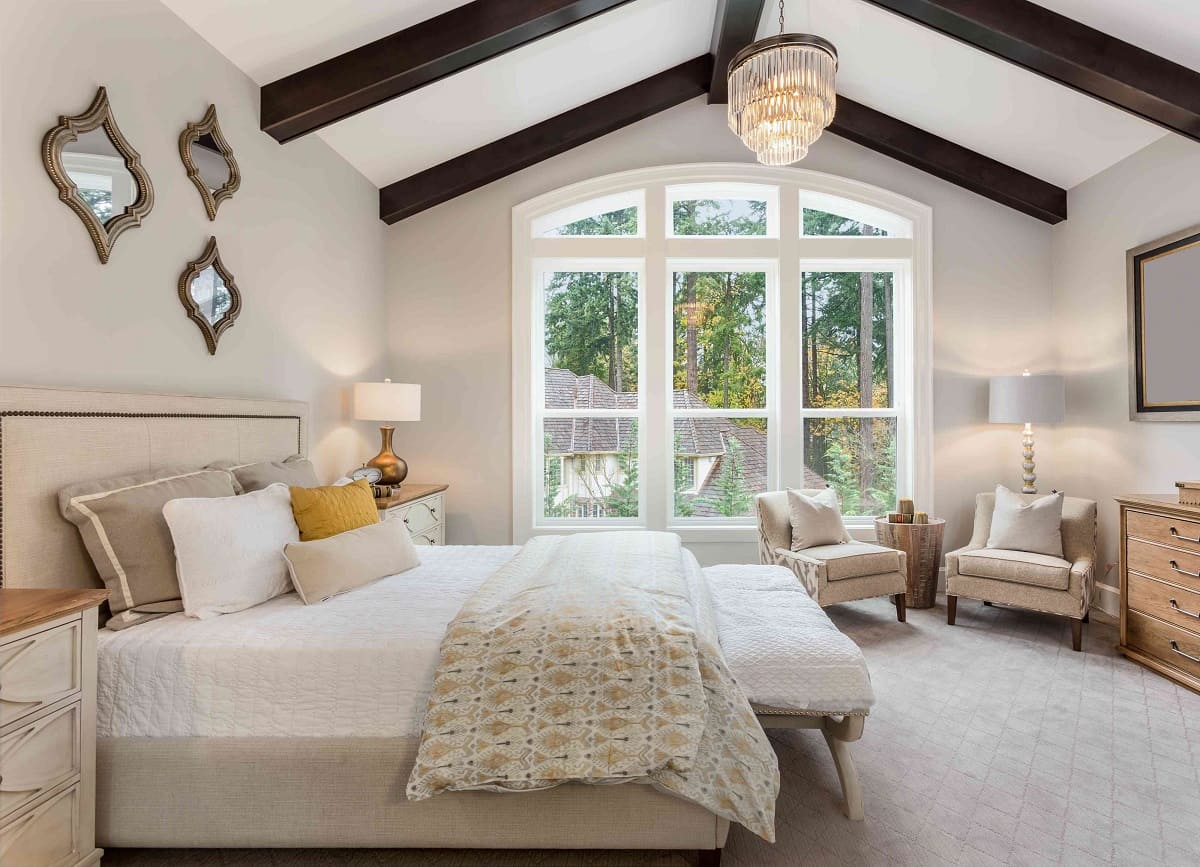
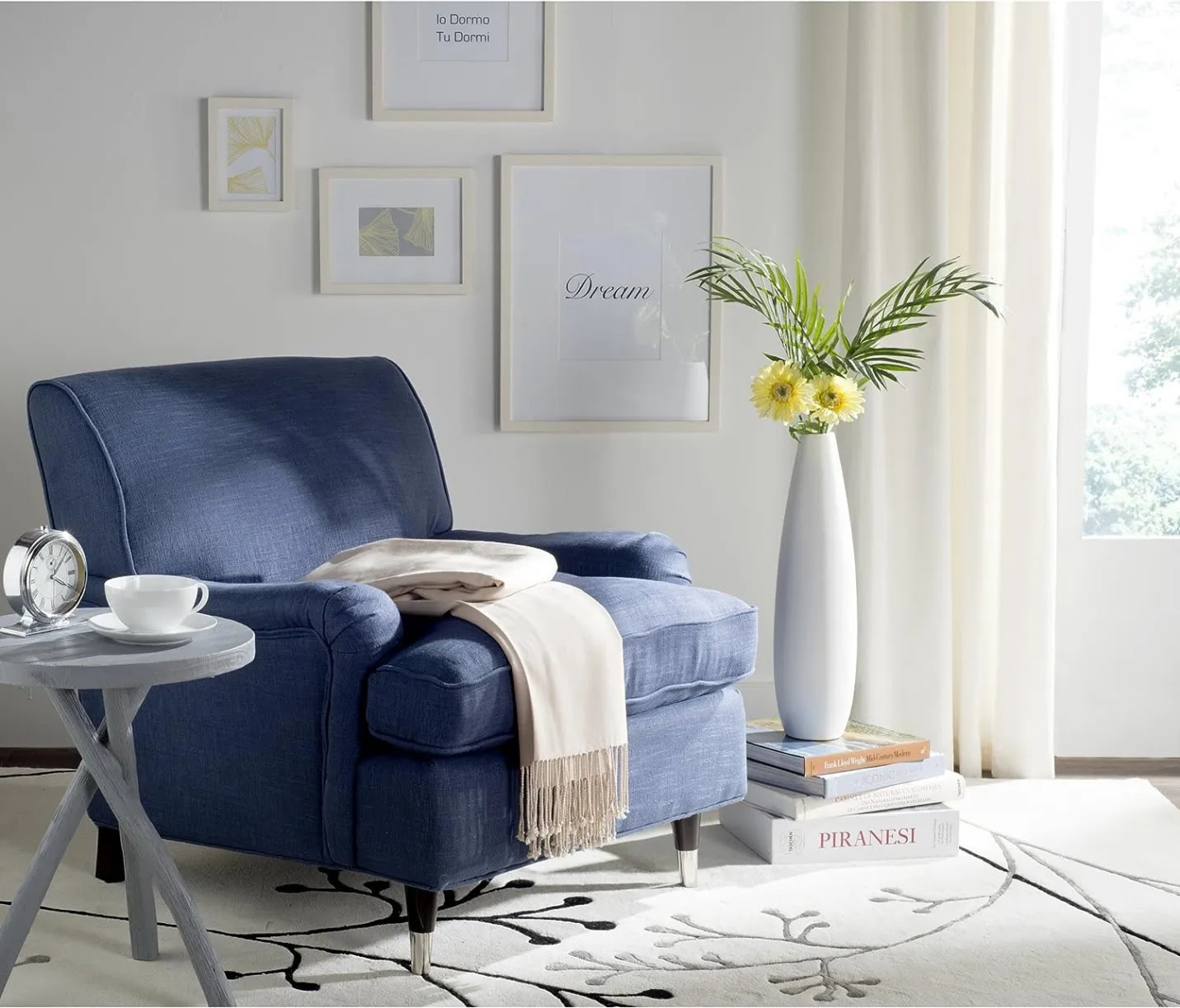
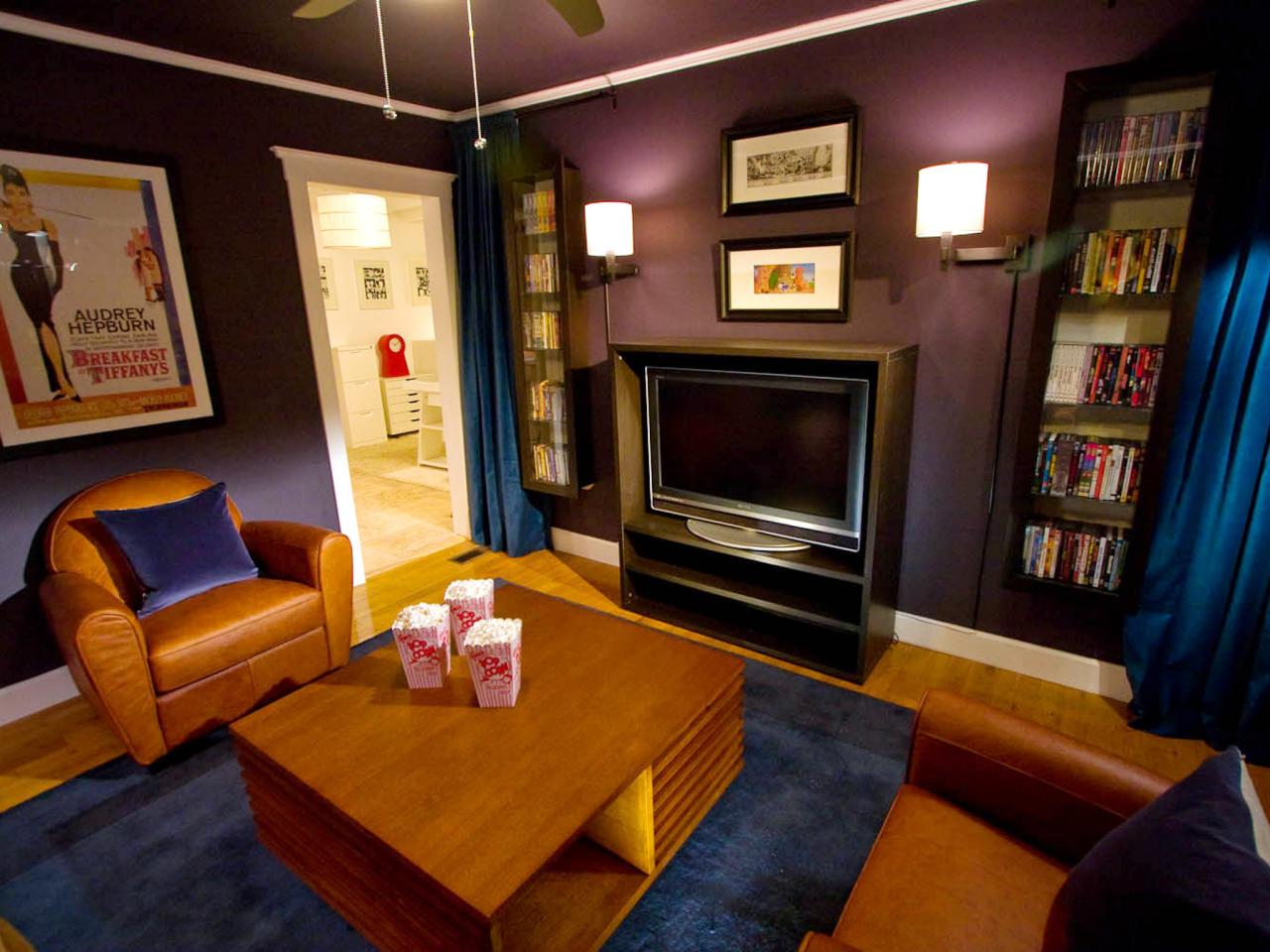
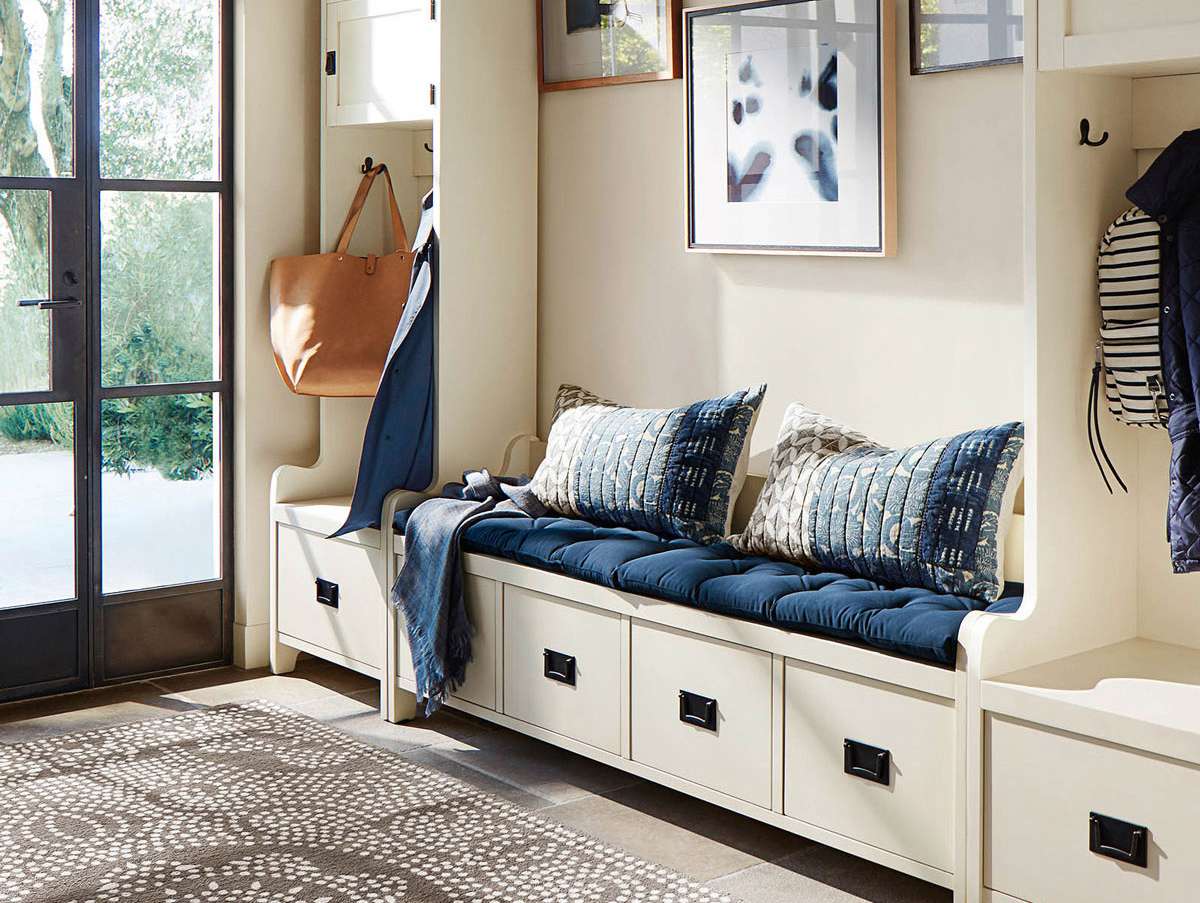
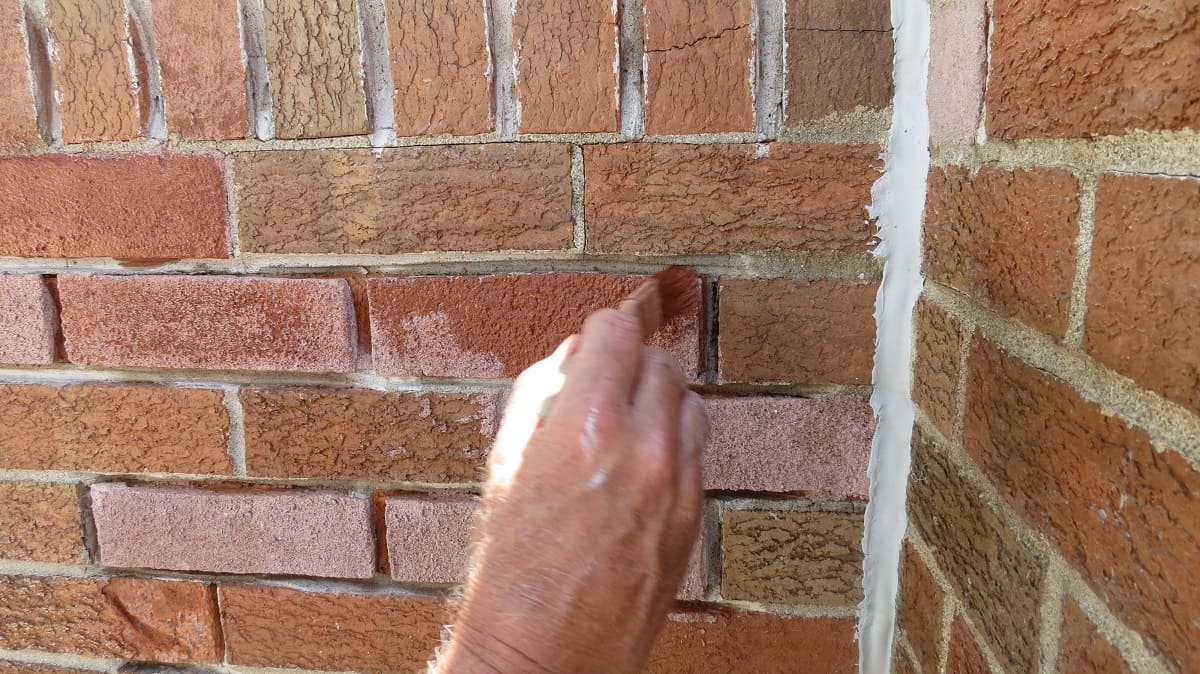
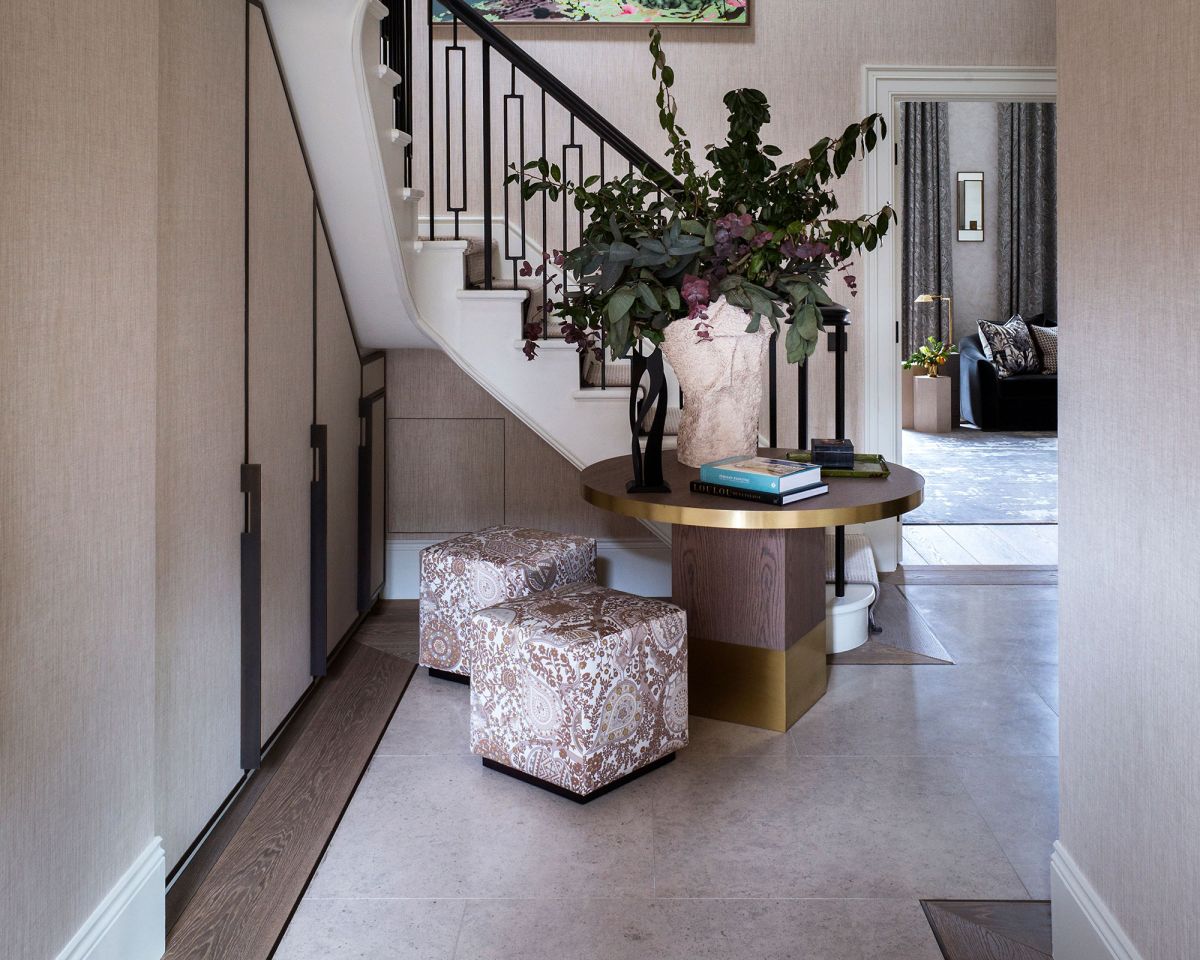
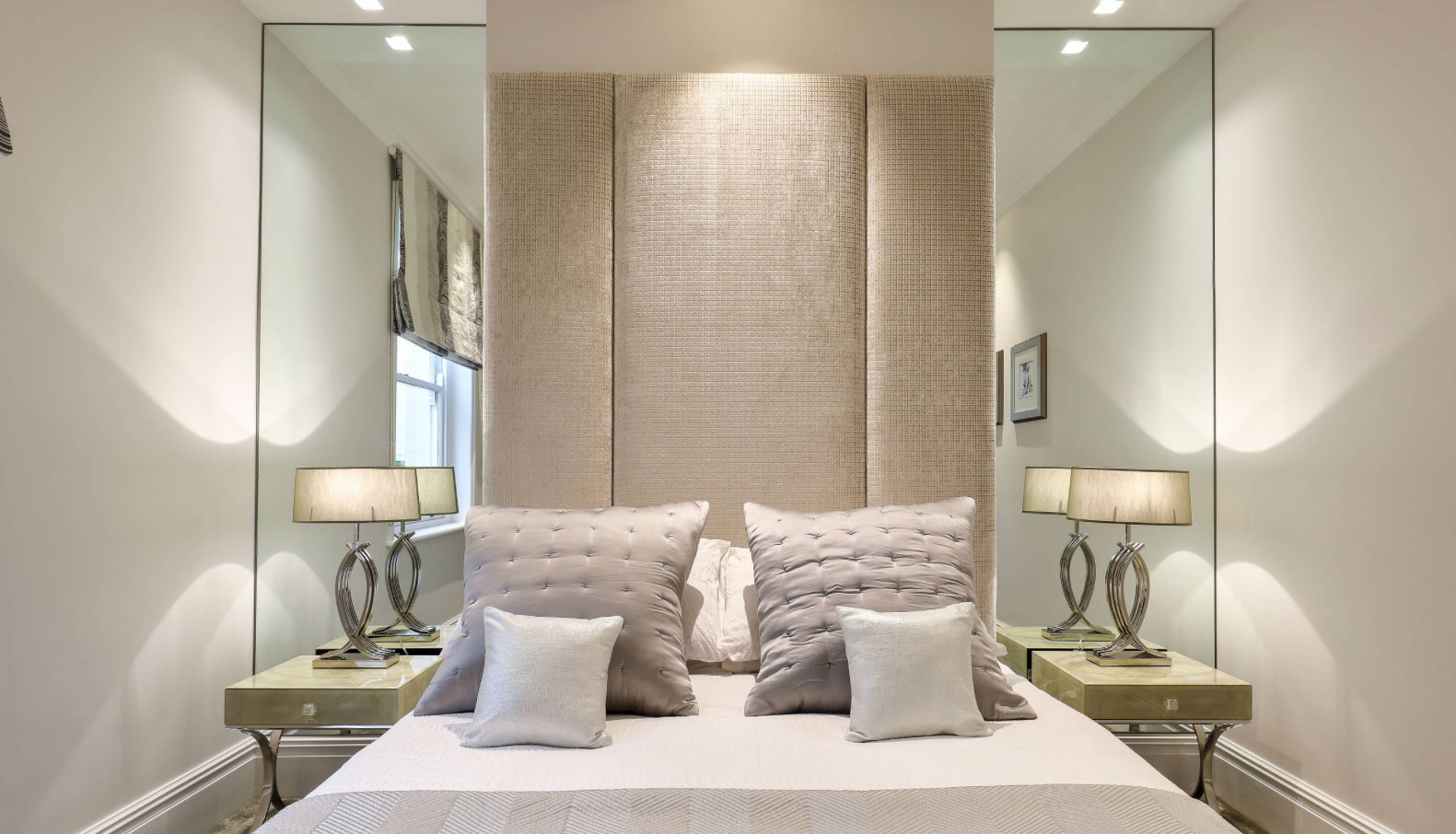
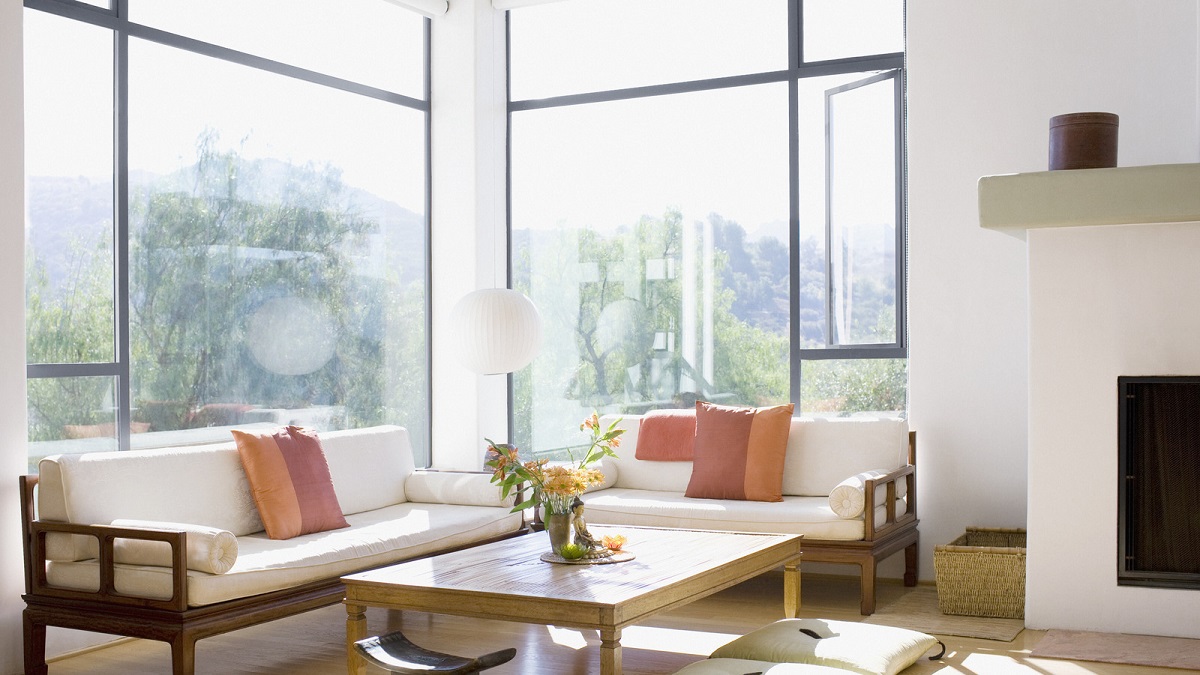
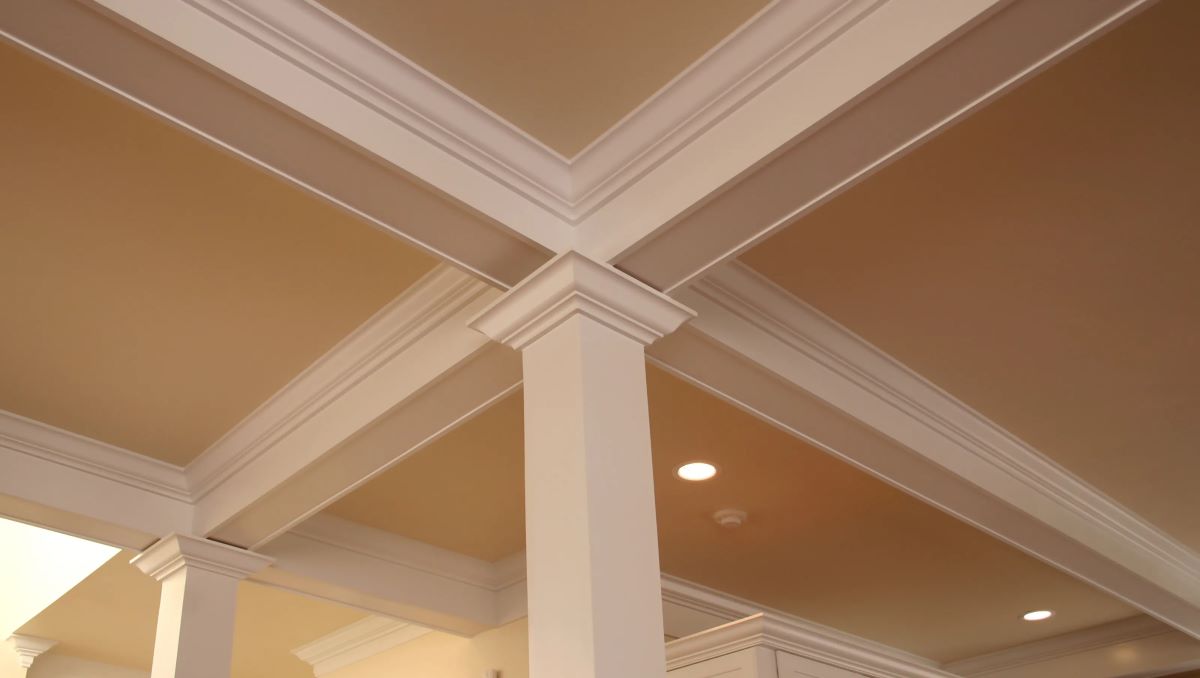
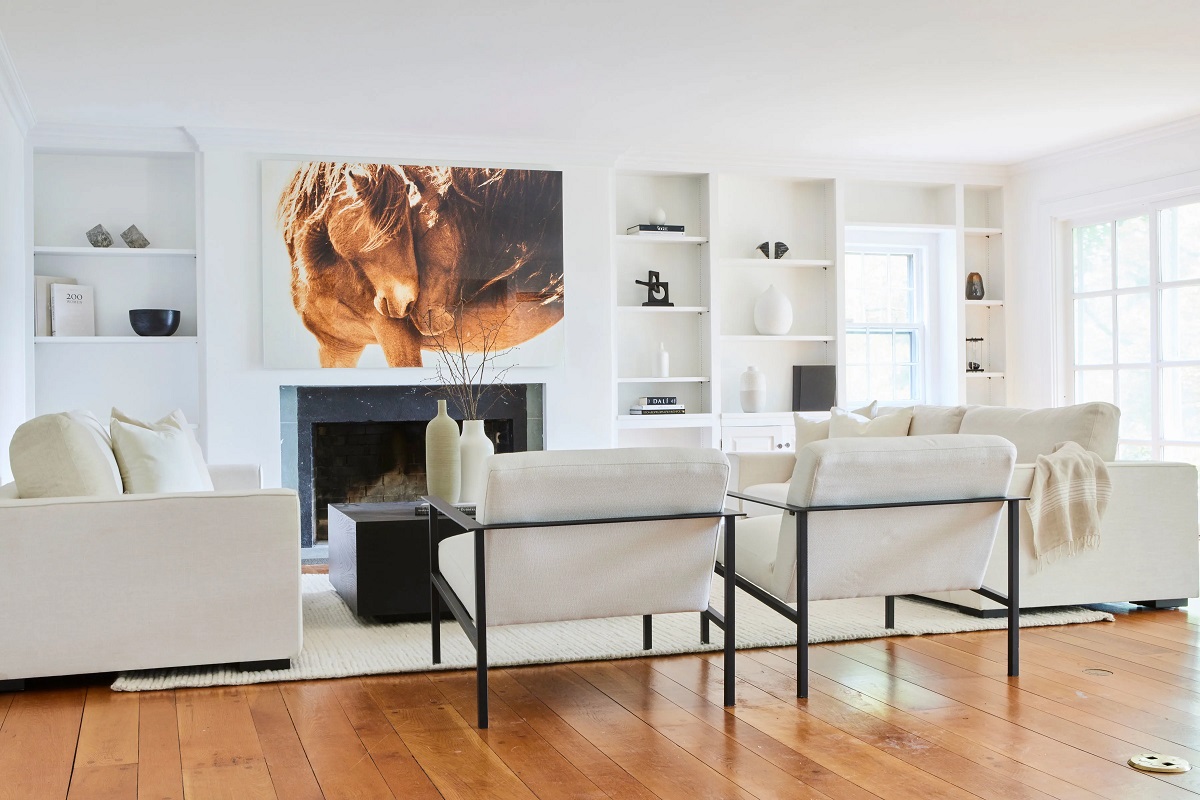
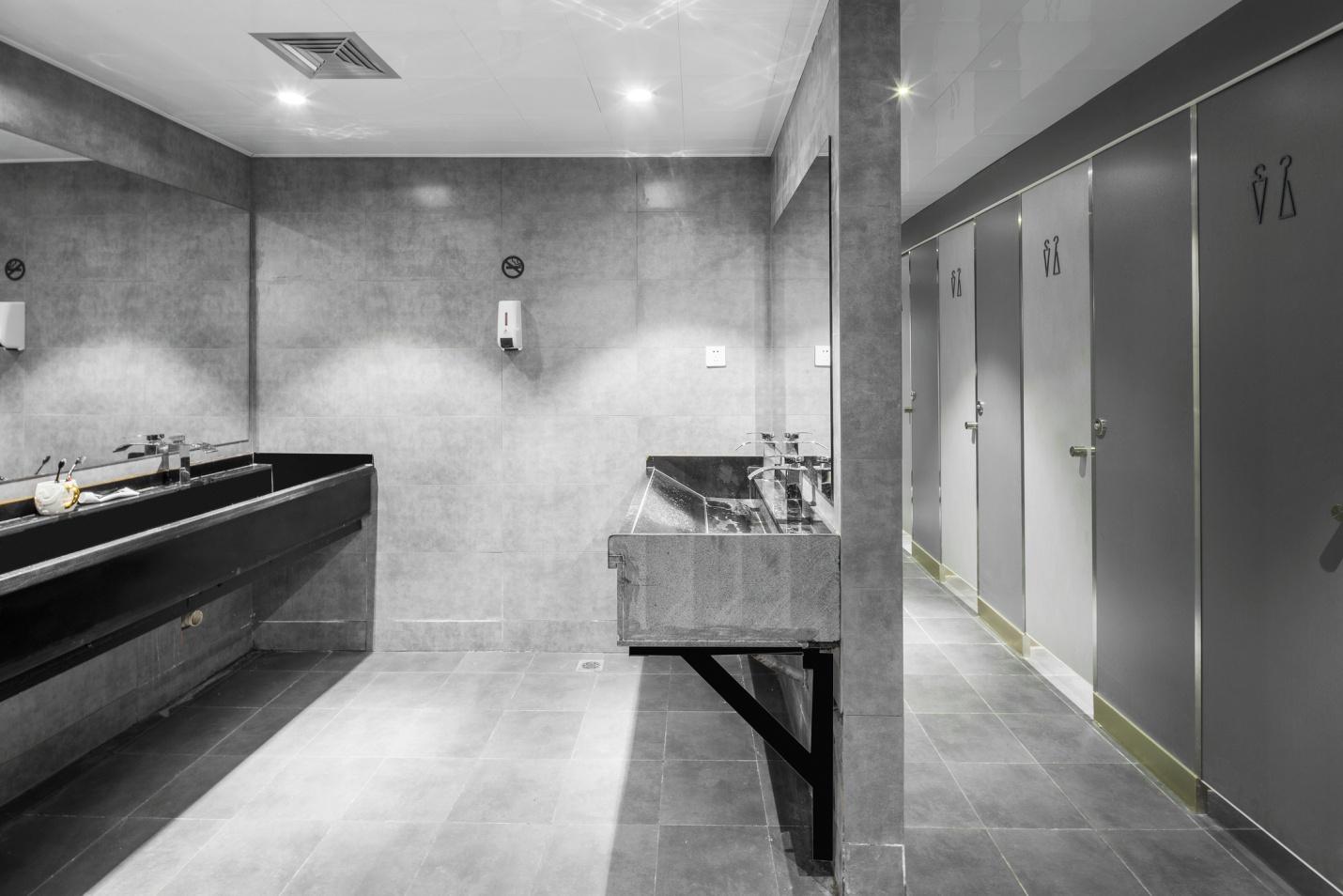

0 thoughts on “How To Make A Narrow Room Look Wider With Paint: 7 Transformative Tricks”